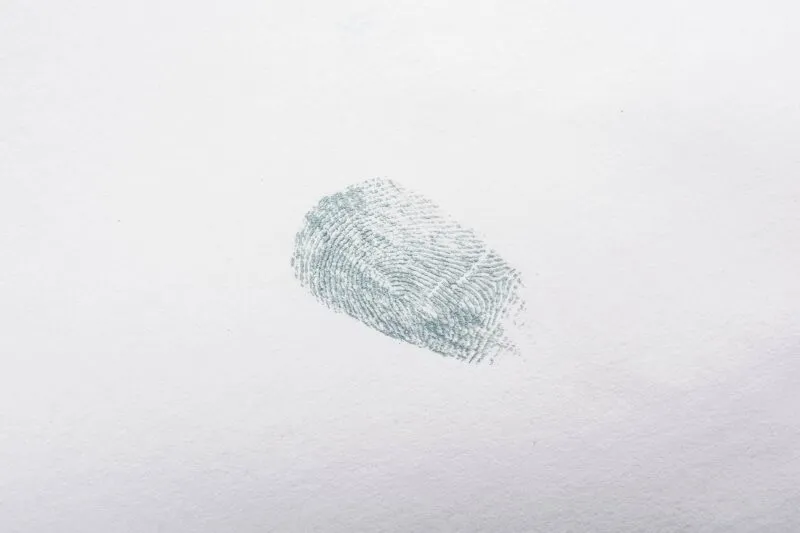Search me?! The differences between patentability and infringement patent searching
Patentability search, freedom-to-operate (FTO) search, novelty search, infringement search, clearance search, prior art search...what’s in a name? We discuss the differences between patentability and infringement searching and some commonly held misconceptions.
It is common for technology start-ups and entrepreneurs to be asked if they have performed patent searches. The searches tend to relate to two main concepts: patentability and infringement. However, even experienced users of the patent system can confuse different types of searches that are available.
Patentability search
When searching for patentability purposes, the goal is to determine if your invention is suitably different from what is already publically known, i.e. the 'prior art', prior to filing of a patent application. For an invention to be patentable it must be new (novel) and non-obvious (possessing of an inventive step) in view of the prior art.
A patentability search will look for earlier publications – there is an enormous body of technical information in public databases – however, except in some specific circumstances, it is not significant whether the prior art is a patent publication or some other type of publication such as a journal article, a webpage or a chapter of a book. Any prior public disclosure may affect your ability to obtain a patent.
Infringement search
When searching for infringement purposes, the focus is necessarily on existing granted or pending patents, with an emphasis on the claims of those patents. Generally, one or more aspects of your product must fall entirely within the scope of at least one claim of a patent for you to infringe. Relevant patents are those that are still in force and in countries where you are exploiting your product.
| Patentability search | Infringement search | |
|---|---|---|
Also known as | Novelty search; prior art search | Freedom-to-operate search; FTO search; clearance search |
| Purpose | Determine whether your technology could be patentable | Determine whether your technology might infringe patent rights of others |
| When to action | Before or at an early stage of your patent application process | At any stage during development of your technology but preferably before product launch |
| Technical focus | Any aspects of the technology considered unique | Any aspects of the technology, including manufacturing processes |
| Document focus | Any published documents, including patents, journals, web articles | Granted and pending patents only |
| Document age | Published, or at least filed in the case of a patent, prior to the filing date of your own patent application | Granted and pending patents that were filed before you publicly disclosed or publically used the relevant aspects of your invention for the first time |
| Geographical focus | Anywhere in the world | Countries of commercial interest |
Differences between the concepts of patentability and infringement can be seen in the answers to the following common misconceptions.
I have a product that can be patented, so I don’t have to worry about infringing another person’s patent? Wrong!
Your product may have some impressive new features that are novel and inventive, which can lead to patent protection. However, your product could still include features that are protected by earlier patents owned by others. Relevant patent rights may co-exist. When carrying out infringement searching, look for patents that are not only directed to the new features, but potentially any features that the product includes and its manufacturing process. Care should be paid in particular to features of the product that may have come about within the last 20 years, for which third party patent rights might still be in force.
My product infringes someone else’s patent, so I have no chance of getting a patent myself? Wrong!
It follows from the above that somebody might have patent protection for aspects of the technology that your product uses, but that does not stop protection being sought for your exciting new advances if they are not described in, or suggested by, that patent or any other prior art. Again, relevant patent rights can co-exist. Still, you have to be very careful before taking your product to market – it may be necessary to obtain a license from the exiting patent holders, or seek to buy or challenge and ‘knock out’ the existing patents.


